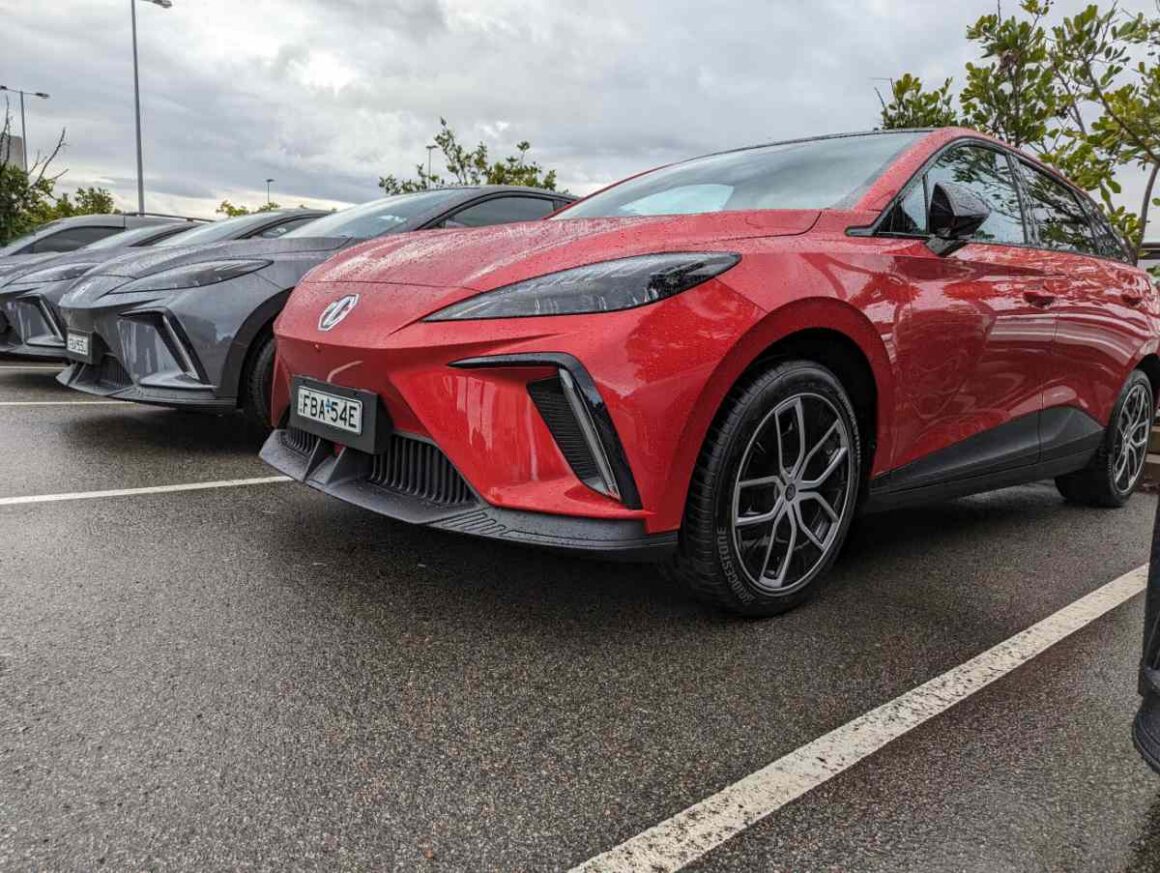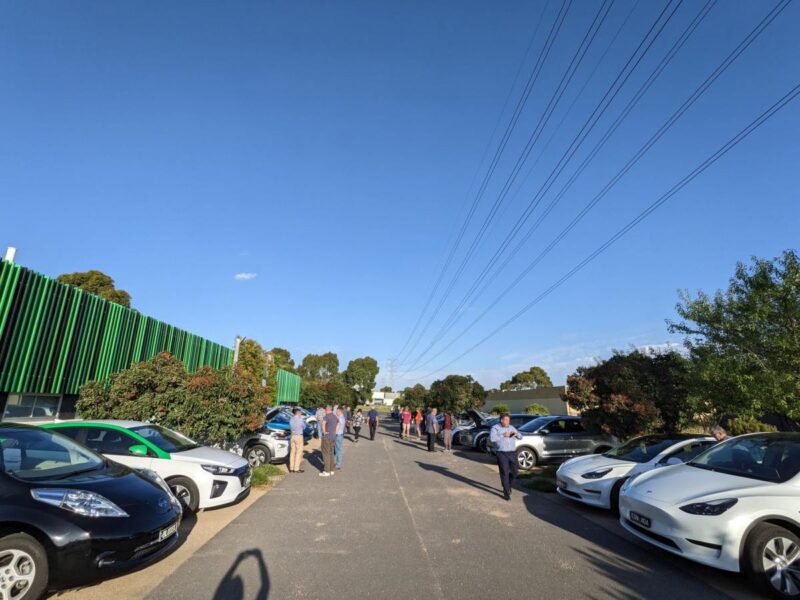Early EV sales data from 2024 hints that the overall market for new electric cars has stagnated compared to 2023, but the remarkable part of the equation is the sharp slump suffered by the two EV specialist car companies – Tesla and Polestar.
The latest Electric Vehicle Council (EVC) data shows Polestar saw 178 EVs sold during December, compared to 406 last year, which brings its total to 1,713 for the year across three models.
This is down 30 per cent from the 2,457 sales the Swedish brand saw with just the Polestar 2 on offer in 2023. The latest data shows 120 of the newly released Polestar 4 delivered in December and just 12 of the premium Polestar 3.
The biggest impact on the Australian market, however, has been the slump in sales from Tesla, the dominant player in the market, which suffered a 17 per cent drop to 38,347 in 2024, down from 46,116 in 2023.
Its December sales were 64 per cent above the same month last year at 3,593, with the Model Y up to 1,861 and the Model 3 rebounding to 1,732. But in the calendar year, Model Y sales were down 26 per cent to 21,253, while the refreshed Model 3 was down 1.5 per cent to 17,094.

The poor performance of Tesla sales – despite various incentives to pull customers through the door, and possibly because of the Elon Musk impact – means that overall EV sales in Australia will increase only marginally from 2023.
There are several key factors behind the stagnation of EV sales in 2024. The first is the removal of most state and territory EV subsidies.
The high interest rate environment and cost of living pressures have also had an impact on EV customers looking to make the switch to cleaner vehicles.
Manufacturers have tried to counter some of these impacts by lowering the prices of EV models, while Tesla offered low interest rates to customers, along with other incentives to help improve sales.
MG, for one, made MG4 the cheapest EV to ever reach Australia, with pricing as low as $30,990 in the latter half of 2024. This made the MG4 electric hatchback thousands cheaper than a comparable Toyota Corolla hybrid.

Other incentives, such as the fringe benefits tax (FBT) exemptions, have helped those able to purchase an EV through a novated lease arrangement, but that has still left many low and middle-income households behind.
In December 2024, the federal government finally decided to offer a low-cost loan scheme for low-income households and frontline workers – such as police, health professionals and teachers.
This scheme will allow such households to get access to $150 million of low-cost loans to help remove barriers to EV ownership while getting more EVs on the road.
Full FCAI data on vehicle sales will be released early next week, but it’s clear that EV sales in 2024 will just nudge past 2024 levels with minimal growth.
One thing that could change this is the competition with new EV models and brands entering the market in late 2024/2025 with new offerings that may entice tens of thousands of drivers to make 2025 the year they go electric.
See also The Driven’s month by month EV sales data, including preliminary figures for December.
And: Tesla global annual deliveries fall in 2024 for first time, but maintains lead over BYD

Riz is the founder of carloop based in Melbourne, specialising in Australian EV data, insight reports and trends. He is a mechanical engineer who spent the first 7 years of his career building transport infrastructure before starting carloop. He has a passion for cars, particularly EVs and wants to help reduce transport emissions in Australia. He currently drives a red Tesla Model 3.

